 SHILLONG, AUG 15: Meghalaya with a population of 2964007 is one of the smaller states in India and the 23rd most populous state in the country. The population is predominantly rural with majority belonging to the Scheduled Tribe Community. Though there has been a decrease in death rates, however improvement in life expectancy and increase in health infrastructure of the state is still a very gradual process. In Meghalaya the rural health care delivery system more or less adopts various traditional practices.
SHILLONG, AUG 15: Meghalaya with a population of 2964007 is one of the smaller states in India and the 23rd most populous state in the country. The population is predominantly rural with majority belonging to the Scheduled Tribe Community. Though there has been a decrease in death rates, however improvement in life expectancy and increase in health infrastructure of the state is still a very gradual process. In Meghalaya the rural health care delivery system more or less adopts various traditional practices.
Though the health status of the state has been improving in a steady pace, there are still many issues that hinder the effective improvement in healthcare delivery in the state such as the shortage of medical officers, specialized medical and para medical staff, infrastructure facilities, drugs etc. Health care is the constitutional right; it should be accessible to poor and needy.
According to National Family Household Survey 1992-93, the percentage of children fully vaccinated in Meghalaya is very low with more than half the children surveyed have received no vaccination at all and almost half the children population suffering from low birth weight and malnutrition. The health condition of the women is also very poor with common ailments as anaemia, gastroenteritis, tuberculosis, malaria, etc.  A significant portion of women do not receive any antenatal / postnatal care and a large number of deliveries are conducted by untrained birth attendants or relatives.
A significant portion of women do not receive any antenatal / postnatal care and a large number of deliveries are conducted by untrained birth attendants or relatives.
Furthermore the prevalence of communicable diseases and non-communicable diseases offers a wide range of diseases and mortality that the poor are routinely subjected to. Most of which could be prevented by interventions such as sanitation, drinking water, effective implementation of MCH, etc.
The Government of India has launched the National Rural Health Mission in 2005 with a vision to carry out all architectural corrections in the basic healthcare delivery mechanism in the country. It aims to provide effective healthcare to the rural population, the disadvantaged groups including women and children by improving access, community ownership, enhancing accountability and promoting decentralization.
The Mission introduced a number of mechanisms for healthcare delivery including local capacity building measures, training of local residents as Accredited Social Health Activist, the motherhood protection programme under Janani Suraksha Yojana for promoting safe Institutional Delivery, Hygiene and Sanitation Infrastructure, etc. As per the 12th Planning Commission, NRHM will be strengthened under the umbrella of National Health Mission with a focus on covering the rural population. The Mission would also be scaled up to include non-communicable diseases and expanding health coverage to urban areas. Subsequently in 2013, National Urban Health Mission (NUHM) was launched as a sub-mission of an overarching National Health Mission.The National Health Mission (NHM) now subsumes National Rural Health Mission and National Urban Health Mission, which have been designated as Sub-Missions of NHM.
 The NHM envisages “Attainment of Universal Access to Equitable, Affordable and Quality health care services, accountable and responsive to people’s needs, with effective inter-sectoral convergent action to address the wider social determinants of health”.
The NHM envisages “Attainment of Universal Access to Equitable, Affordable and Quality health care services, accountable and responsive to people’s needs, with effective inter-sectoral convergent action to address the wider social determinants of health”.
The Overarching goals of the National Health Mission would include:
- Reduction in Infant Mortality Rate (IMR)
- Reduction in Maternal Mortality Ration (MMR)
- Universal access to public health services such as women’s health, child health, water, sanitation, hygiene, nutrition and immunization
- Access to Integrated Comprehensive primary health care
- Population stabilization, gender and demographic balance
- Revitalize local health traditions and mainstream AYUSH
- Promotion healthy lifestyles
- Reduce household out-of-pocket expenditure on total health care expenditure
- Prevent and reduce mortality & morbidity from communicable, non- communicable; injuries and emerging diseases
In 2013, the Ministry of Health & Family Welfare adopted an Reproductive, Maternal, Newborn, Child and Adolescent Health (RMNCH +A) approach which would essentially address the major causes of mortality among women and children as well as the delays in accessing and utilizing health care and services. The RMNCH+A strategic approach has been developed to provide an understanding of ‘continuum of care’ to ensure equal focus on various life stages. The RMNCH+A appropriately focuses their efforts on the most vulnerable population and disadvantaged groups. It also emphasizes on the need to reinforce efforts in the high focus districts.
 Strategic Approaches / Programmes under the National Health Mission:
Strategic Approaches / Programmes under the National Health Mission:
Janani Suraksha Yojana
Janani Suraksha Yojana (JSY) is a safe motherhood intervention which is being implemented with the objective of reducing maternal and neonatal mortality by promoting institutional delivery. The JSY is a 100 % centrally sponsored scheme and it integrates cash assistance with delivery and post-delivery care.
Janani Shishu Suraksha Karyakram
Janani Shishu Suraksha Karyakram (JSSK) was launched with a view of addressing the difficulties being faced by the pregnant women and parents of sick new- born on the high out of pocket expenses incurred by them on delivery and treatment of sick- new-born. This initiative is implemented to provide completely free and cashless services to pregnant women including normal deliveries and caesarean operations and sick new born (up to 30 days after birth) in Government health institutions in both rural & urban areas. The Entitlements under JSSK includes Free and cashless delivery for pregnant women (including C-Section), Free drugs and consumables, Free diagnostics, Free diet during stay in the health institutions, Free provision of blood, Exemption from user charges, Free transport from home to health institutions, Free transport between facilities in case of referral, Free drop back from Institutions to home after 48hrs stay
Child Health
Child Health programme under the National Health Mission (NHM) comprehensively integrates interventions that improve child health and addresses factors contributing to Infant and under-five mortality. Reduction of infant and child mortality has been an important tenet of the health policy of the Government of India and it has tried to address the issue right from the early stages of planned development. The key thrust areas includes setting up of Essential New Born Care Corners at delivery points, Facility based sick newborn care at FRUs, Home based new born care, Promotion of optimal Infant and Young Child Feeding Practices, Micronutrient supplementation (Vitamin A, Iron Folic Acid), Management of children with severe acute malnutrition, Management of Childhood Diarrhoeal Diseases & Acute Respiratory Infections, Intensification of Routine Immunisation, Eliminating Measles and Japanese Encephalitis related deaths, Polio Eradication, improving skills of the health care workers, strengthening the health care infrastructure and involvement of the community through behaviour change communication.
Rashtriya Bal Swasthya Karyakram
The Rashtriya Bal Swasthya Karyakram (RBSK) is an important initiative aiming at early identification and early intervention for children from birth to 18 years to cover 4 ‘D’s viz. Defects at birth, Deficiencies, Diseases, Development delays including disability. Children in the age group 0-6 year’s will be managed at District Early Intervention Centre (DEIC) level while for 6-18 years age group, management of conditions will be done through existing public health facilities. DEIC will act as referral linkages for both the age groups. Once the child is screened and referred from any of these points of identification, it would be ensured that the necessary treatment/intervention is delivered at zero cost to the family.
Rashtriya Kishor Swasthya Karyakram
This Programme aims to reach out to all adolescents – male and female, rural and urban, married and unmarried, in and out-of-school adolescents with special focus on marginalized and undeserved groups. The programme scope includes sexual and reproductive health, nutrition, injuries and violence, non-communicable diseases, mental health and substance misuse. It is a paradigm shift from the existing clinic-based services to promotion and prevention and reaching adolescents in their own environment, such as in schools, families and communities. Interventions are community based like, outreach by counsellors; facility based counselling; social and Behaviour Change Communication; and strengthening of Adolescent Friendly Health Clinics.
Family Planning
Family Planning initiatives are an important thrust area for NHM, which is necessary for reducing birth rates “to stabilize the population at a level consistent with the requirement of national economy”. The family planning program is currently being repositioned to not only achieve population stabilization but also to promote reproductive health and reduce maternal, infant & child mortality and morbidity. Family planning Initiatives includes Spacing Methods (IUCD, Oral Contraception Pills, Condoms, etc); Limiting Methods (Minilap, Laparoscopic Sterilization, No Scalpel Vasectomy, etc) and Emergency Contraceptive Pills.
National Disease Control Programmes
- National Vector Borne Disease Control Programme (NVBDCP)
- Revised National Tuberculosis Control Programme (RNTCP)
- National Programme for Control of Blindness (NPCB)
- National Leprosy Eradication Programme (NLEP)
- Integrated Disease Surveillance Programme (IDSP)
- National Iodine Deficiency Disorder Control Programme (NIDDCP)
- Non Communicable Diseases
- i. National Programme for Prevention & Control of Cancer, Diabetes, Cardiovascular, Diseases & Stroke (NPCDCS)
- ii. National Tobacco Control Programme (NTCP)
- iii. National Oral Health Programme (NOHP)
- iv. National Mental Health Programme (NMHP)
The State has come a long way in improving the Health Care facilities and improving the health status of the people in this hilly state. While the coverage and the reach to the people have also increased over the years, the State has many challenges to counter and has to go a long way to achieve the desired results of health for all.
The primary challenge of the Mission is to ensure the Universal presence of health services like doctors, nurses, medicines, proper water supply and electricity at all the Public health institutions. We are getting close to achieving these set metrics and with proper monitoring, supervision and Community participation, we hope that 2015-16 would widen the watershed. The government through the working of the NHM has been able to strengthen the mechanism of community participation and community processes. Health Institutions have now become more accountable for various services provided.
The focus has now shifted to an RMNCH+A approach with more emphasis on encouraging people’s participation in the Mission. The Block Programme Management Support Units, District Programme Management Units and the State Programme Management Units supports to the Directorate of Health Service (MCH&FW) to operationalize this envisaged plan in a most efficient and effective manner.
Through the various Interventions under the National Health Mission, the state has steadily witnessed an improvement in its health scenario.- By MR Synrem (The writer is secretary of Meghalaya health department & Mission Director of NHM)







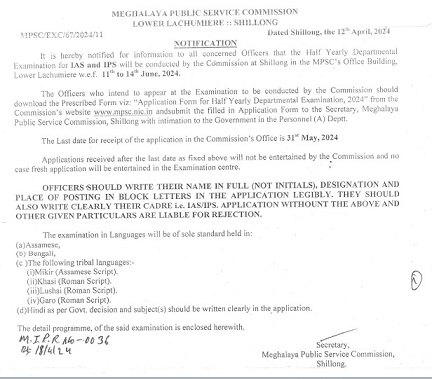




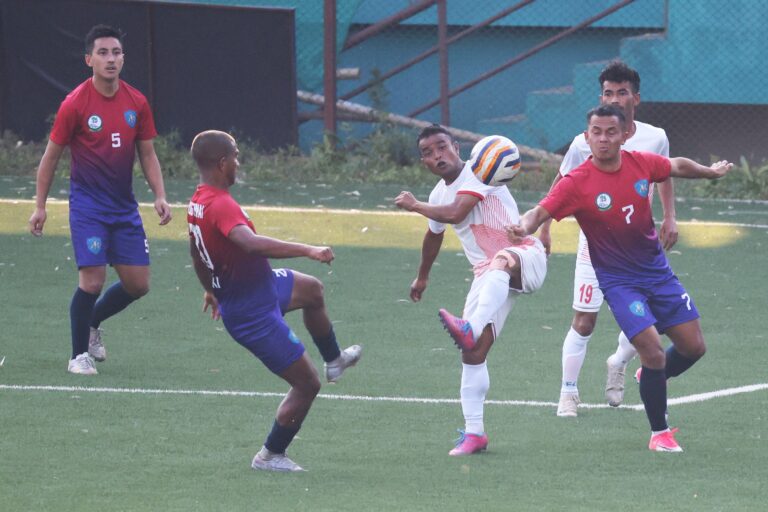

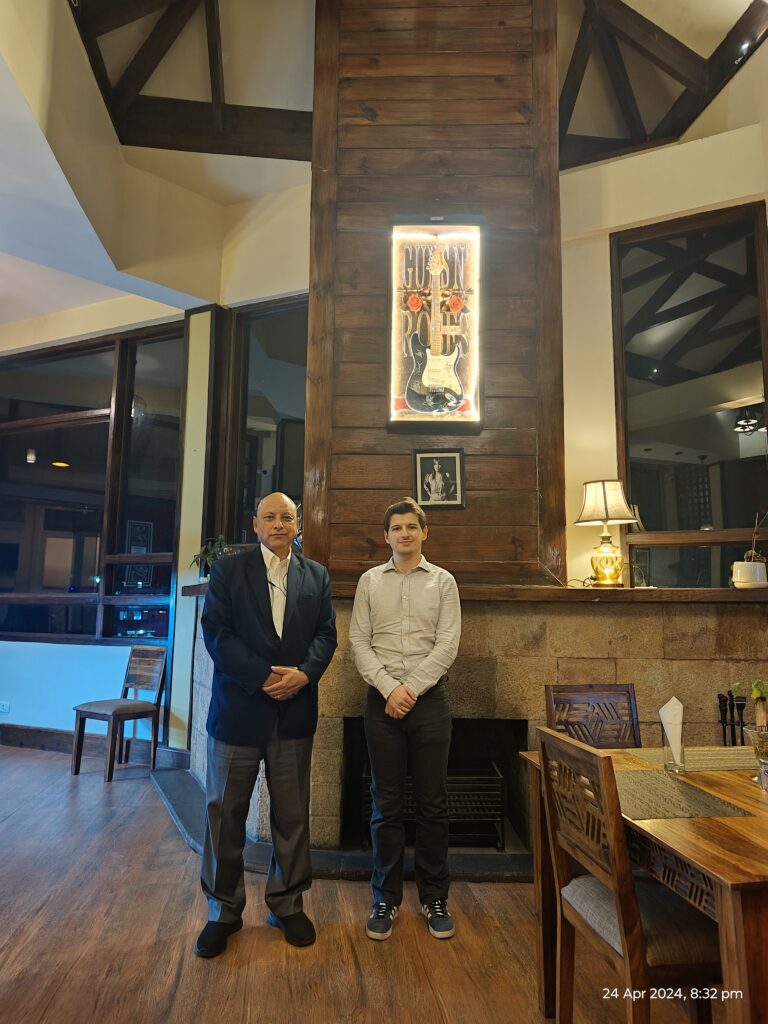
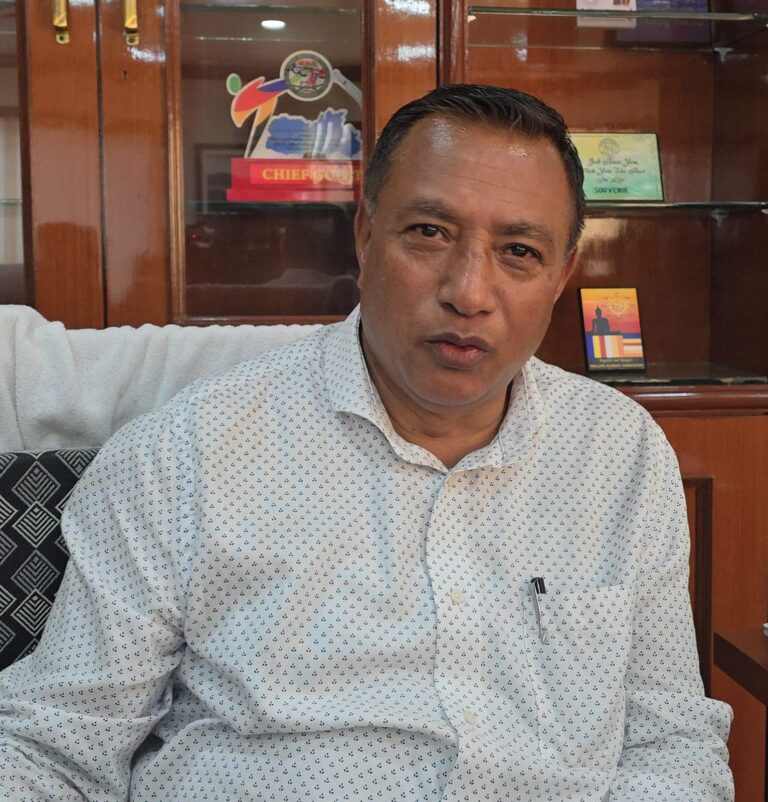
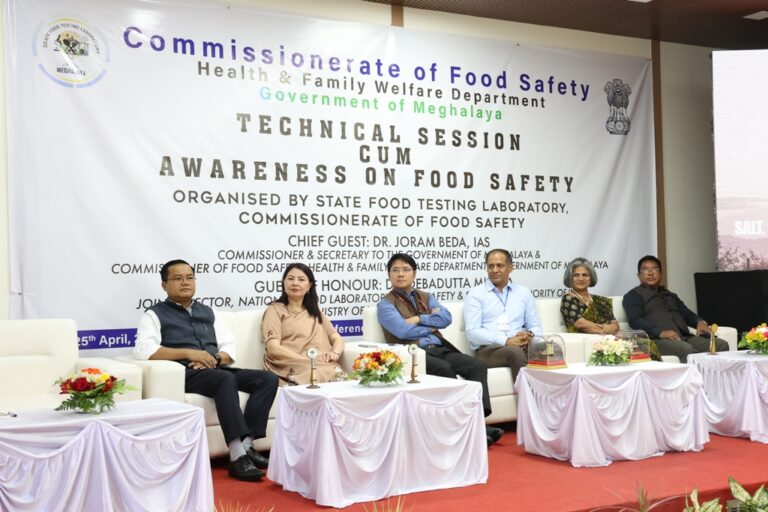
+ There are no comments
Add yours